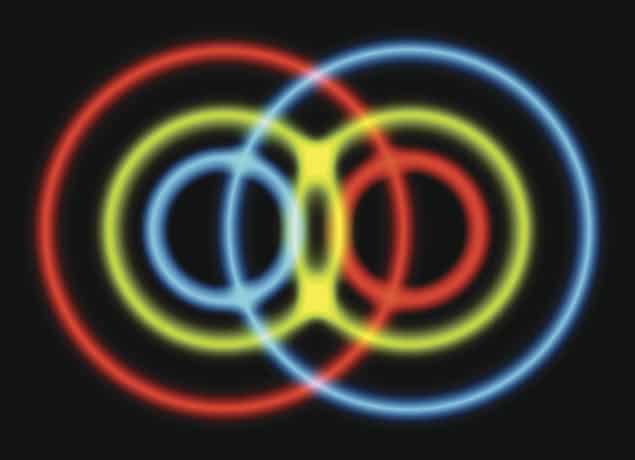
Heat engines have had a huge impact on everyday lives. The industrial revolution that irrevocably altered manufacturing processes, transport, population distributions and ultimately the pace and quality of life across large swathes of the globe was powered by steam – a heat engine. Centuries of engineering have refined these machines to operate with slick and streamlined efficiency but the past few years have revealed a new kid on the block that may top the possible power output of even the most finely crafted classical machines.
By studying diamond samples with a common type of nitrogen-vacancy defect, researchers in the UK, Switzerland and Israel, led by Eilon Poem at the Weizmann Institute of Science in Israel, have now shown that quantum heat engines can exceed the power output of their classical counterparts. They also show that the power output of two different types of heat engine based on the nitrogen-vacancy diamond defect system converge, a demonstration of another theoretically predicted principal – “quantum heat machine equivalence”.
Quantum coherence enhance
The idea of quantum heat engines first entered the annals of science sixty years ago, when Henry Evelyn Derek Scovil and Erich Otto Schulz-DuBois at Bell Telephone Laboratories, in New Jersey, USA, reported that “three-level masers can be regarded as heat engines” operating with discrete energy levels. Since quantum systems can exist in a superposition of states there was inevitably keen interest to know whether quantum coherence between energy states could increase heat engine efficiency.
“At first, it looked like the answer to this question was negative,” explain Poem and colleagues in their report. “It was proven that internal coherence cannot lead to efficiencies higher than the Carnot limit, and the first coherence-related effect predicted for heat engines, the “quantum friction,” actually involved degradation in performance.” More recent reports have presented a more optimistic outlook, although experimental evidence of a heat engine with inherent quantum features as opposed to externally injected coherence, remained wanting.

Feynman’s ratchet is built at last using 19 optical tweezers
Diamonds show their quantum sparkle
Poem and collaborators studied systems of diamond nitrogen-vacancy defects – “NV centres”, where a nitrogen atom substitutes for a carbon atom in the crystal lattice next to an empty lattice site. These systems have several useful characteristics for quantum heat engine experiments. They have three available states in the lowest “ground” energy level, which differ from each other in terms of the value of their “spin”, and the coherence between these states needed for quantum experiments is relatively long-lived even at room temperature. They can also coherently interact with microwaves, which act as a “load” that the heat engine does work on. Yet another useful property is that there are two different types of decay for excited states – one that preserves spin and one that doesn’t, and fluorescence measurements can reveal the population difference of two spin states in the lowest energy level with high sensitivity.
Using microwaves to drive the heat engine operation the researchers were able to study two types of heat engine with the system: a two-stroke and a continuous heat engine, which differ in terms of the duration and timing of “strokes” – operations – within each cycle of the heat engine. The system studied by Poem and his team demonstrated both an increased output power for the quantum engine with respect to that of any classical engine using the same resources – evidence of a quantum thermal signature. In addition as the output power of the two different quantum heat engines converge they could show quantum heat machine equivalence.
“This constitutes the first experimental measurement of quantum effects in heat machines,” they conclude in their report, adding, “We further hope that this work will be of interest to other research areas concerned with the role of quantum coherence in the enhancement of work extraction by microscopic heat engines, such as the study of photosynthesis and the development of solar cell types.”
Full details are reported in Physical Review Letters



